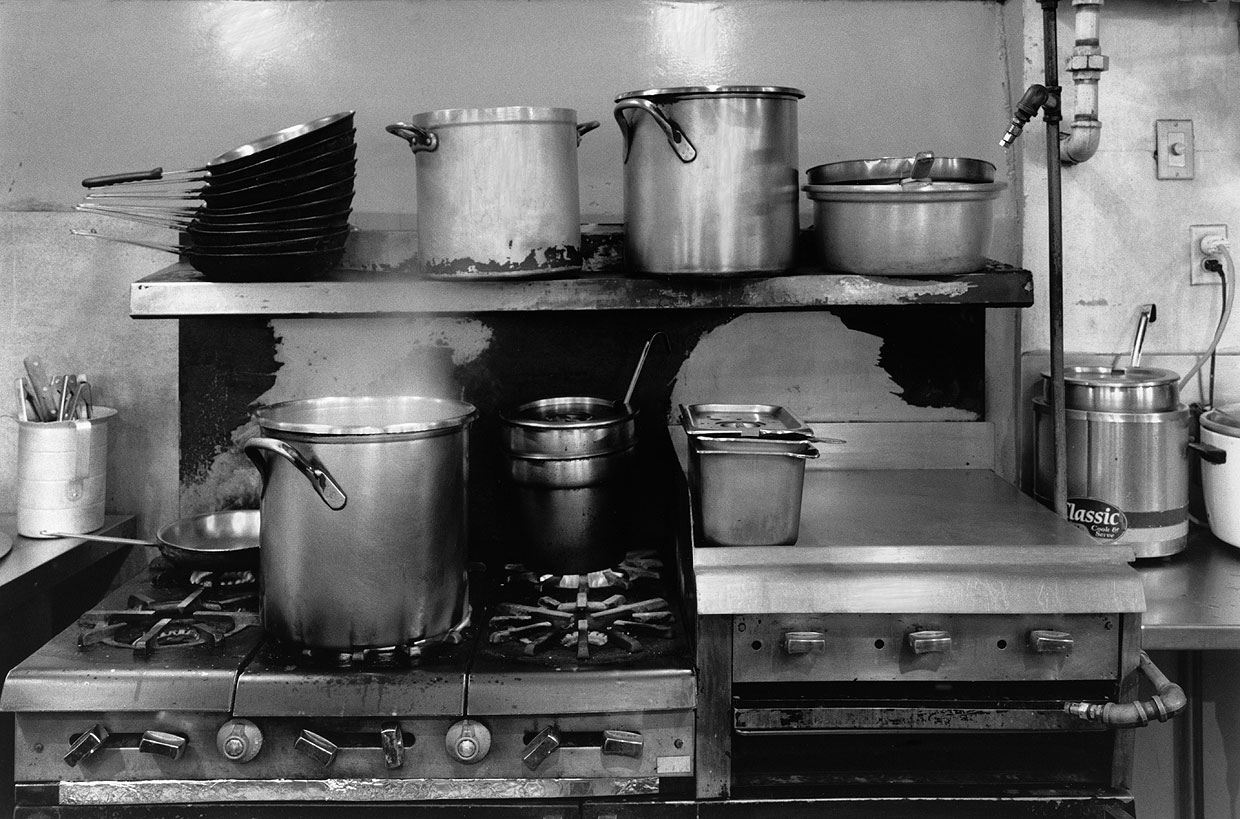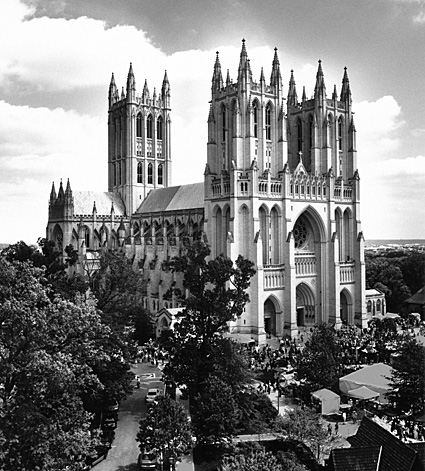Photographic Objectives
. . .to draw out and portray the essence of architecture in compelling images of a high technical standard.
All architecture makes an impression. The architectural photographer has two missions: First, technically excellent rendition of architecture reduced to illustration on paper or monitor. Second, revelation of the eminent aesthetic and other desirable qualities of a building or interior.
The photographer is able to highlight the best features of a building and its relationship to the surrounding area, and reveal valued yet commonly overlooked or obscure qualities. Ultra-wide optics, for example, can shed light on overall form and function, or accentuate the sense of stature or vault of an interior. By selectively applying techniques of composition, perspective and lighting, the photographer can accentuate a variety of moods or feelings inherent in the building design and function.
Selection between color or black-and-white imagery is a key variable. To best depict clarity of form, black-and-white may be preferable when color is mottled or would otherwise distract from the underlying essence of the architecture.
Architecture of a Restaurant Stove
According to a traditional theory of photographic appeal, an impressive picture has two vital qualities. Spectacle of form, color or texture makes an initial impact, followed by a sense of story or intrigue. In this way, both the intuitive and logical functions of the mind are stimulated, leading to wonder in a split second. This image explores and records for posterity the original stove and cookery, since replaced, at the Teaism restaurant at Dupont Circle in Washington DC.



